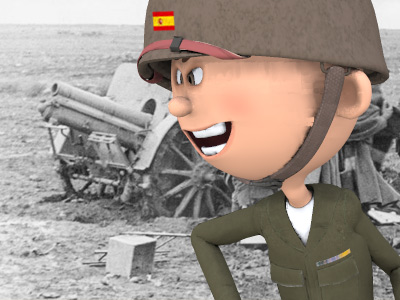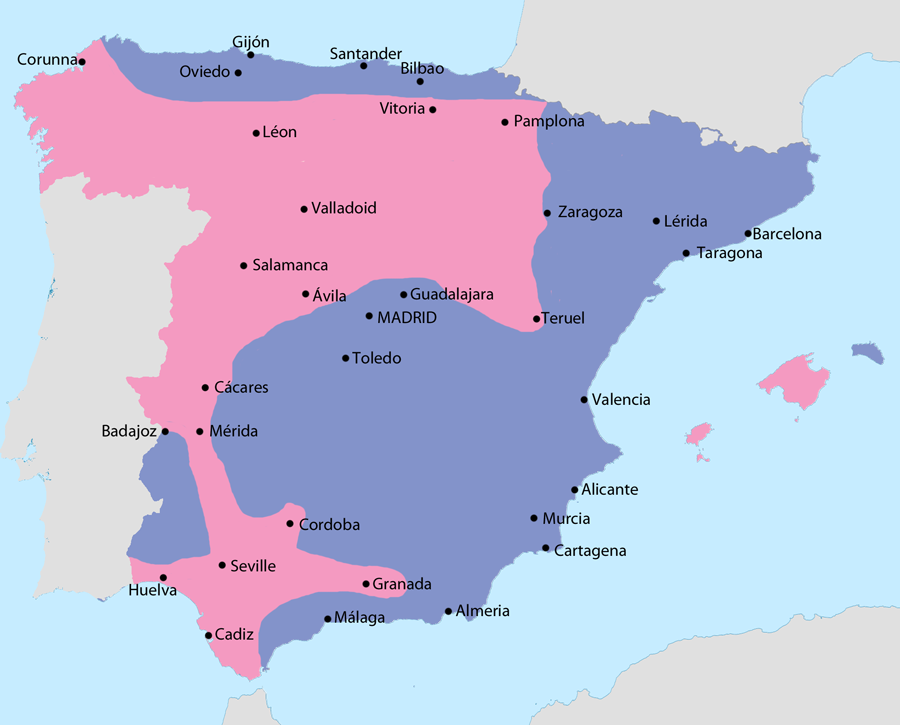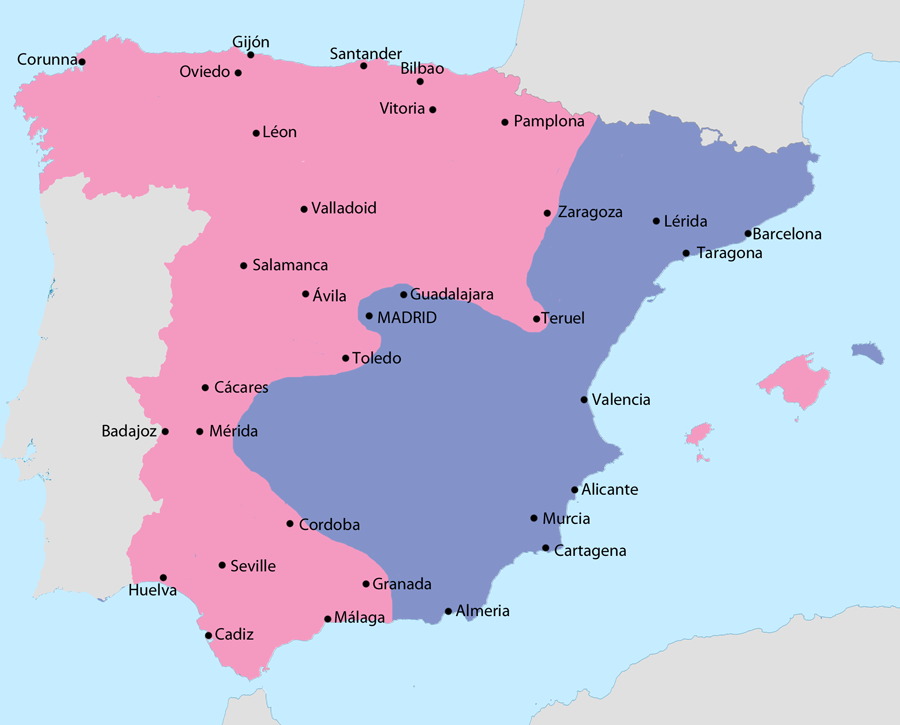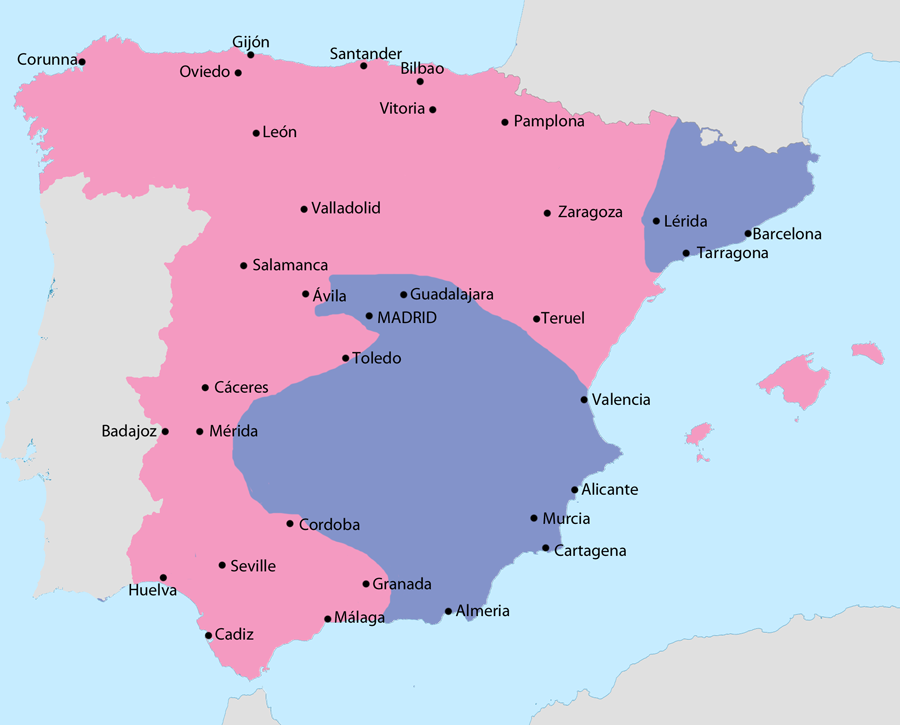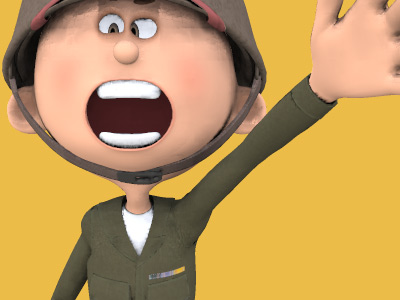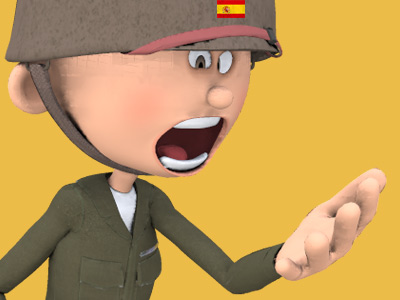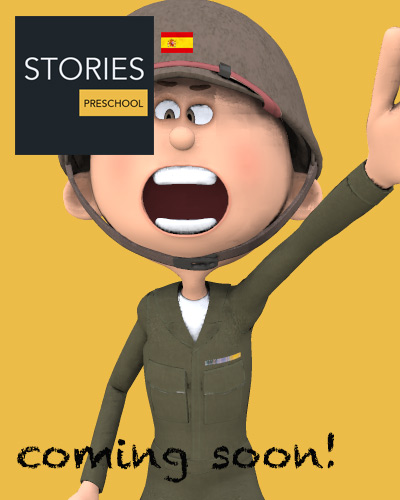Spanish Civil War (1936 to 1939)
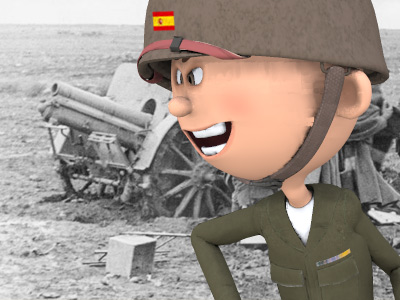
1939
Franco's troops conquered Catalonia in a whirlwind campaign during the first two months of 1939. Tarragona fell on 15 January, followed by Barcelona on 26 January and Girona on 2 February. On 27 February, the United Kingdom and France recognized the Franco regime.
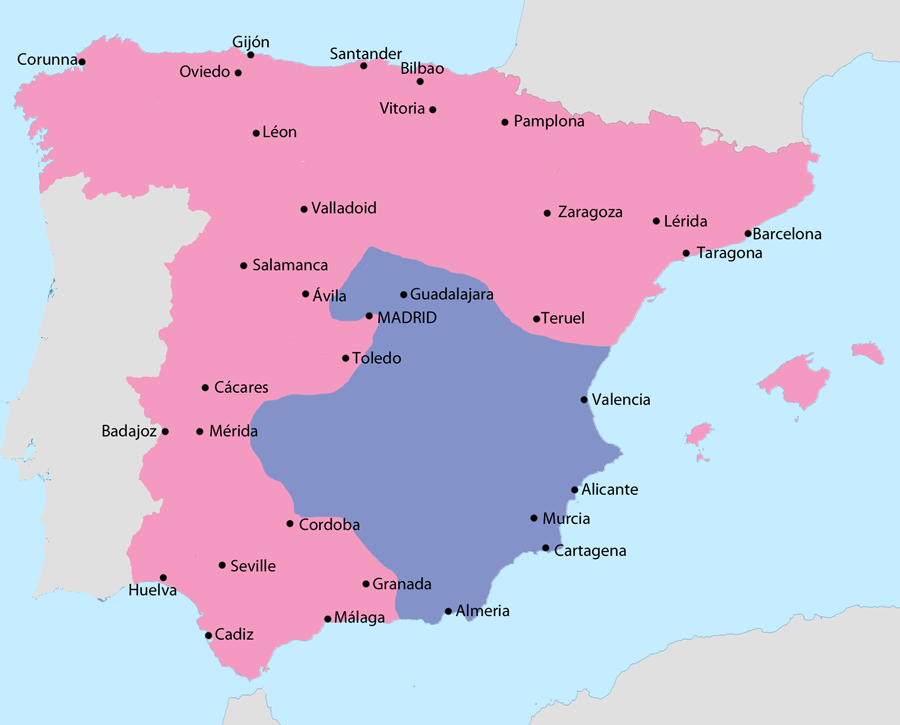
Map showing Spain in February 1939
(Pink) Area under Nationalist control
(Purple) Area under Republican control
Only Madrid and a few other strongholds remained for the Republican forces. On 5 March 1939 the Republican army, led by the Colonel Segismundo Casado and the politician Julián Besteiro, rose against the prime minister Juan Negrín and formed the National Defence Council (Consejo Nacional de Defensa or CND) to negotiate a peace deal. Negrín fled to France on 6 March, but the Communist troops around Madrid rose against the junta, starting a brief civil war within the civil war. Casado defeated them, and began peace negotiations with the Nationalists, but Franco refused to accept anything less than unconditional surrender.
On 26 March, the Nationalists started a general offensive, on 28 March the Nationalists occupied Madrid and, by 31 March, they controlled all Spanish territory. Franco proclaimed victory in a radio speech aired on 1 April, when the last of the Republican forces surrendered.
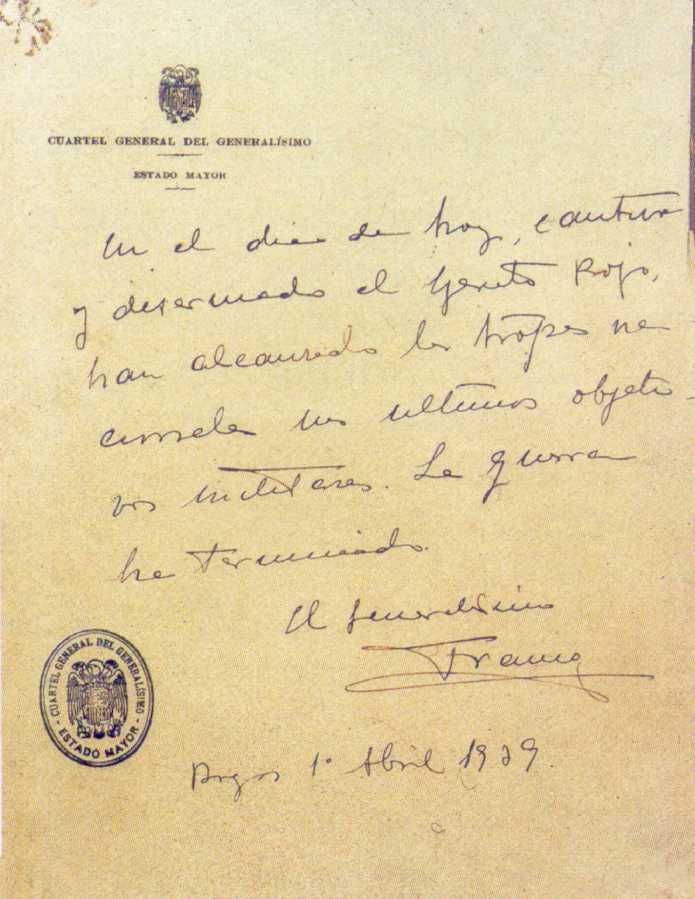
Franco declares the end of the war
After the end of the war, there were harsh reprisals against Franco's former enemies. Thousands of Republicans were imprisoned and at least 30,000 executed. Other calculations of these deaths range from 50,000 to 200,000, depending on which killings are included. Many others were put to forced labour, building railways, drying out swamps, and digging canals.
Hundreds of thousands of Republicans fled abroad, with some 500,000 fleeing to France French Third Republic was the system of government adopted in France from 4 September 1870, when the Second French Empire collapsed during the Franco-Prussian War, until 10 July 1940, after the Fall of France during World War II led to the formation of the Vichy government. During the 19th and 20th centuries, the French colonial empire was the second largest colonial empire in the world only behind the British Empire.. Refugees were confined in internment camps of the French Third Republic, such as Camp Gurs or Camp Vernet, where 12,000 Republicans were housed in squalid conditions. In his capacity as consul in Paris, Chilean poet and politician Pablo Neruda organized the immigration to Chile of 2,200 Republican exiles in France using the ship SS Winnipeg.
French Third Republic was the system of government adopted in France from 4 September 1870, when the Second French Empire collapsed during the Franco-Prussian War, until 10 July 1940, after the Fall of France during World War II led to the formation of the Vichy government. During the 19th and 20th centuries, the French colonial empire was the second largest colonial empire in the world only behind the British Empire.. Refugees were confined in internment camps of the French Third Republic, such as Camp Gurs or Camp Vernet, where 12,000 Republicans were housed in squalid conditions. In his capacity as consul in Paris, Chilean poet and politician Pablo Neruda organized the immigration to Chile of 2,200 Republican exiles in France using the ship SS Winnipeg.
Of the 17,000 refugees housed in Gurs, farmers and others who could not find relations in France were encouraged by the Third Republic, in agreement with the Franquist government, to return to Spain. The great majority did so and were turned over to the Franquist authorities in Irún. From there, they were transferred to the Miranda de Ebro camp for "purification" according to the Law of Political Responsibilities. After the proclamation by Marshal Philippe Pétain of the Vichy regime, the refugees became political prisoners, and the French police attempted to round up those who had been liberated from the camp. Along with other "undesirable" people, the Spaniards were sent to the Drancy internment camp before being deported to Nazi Germany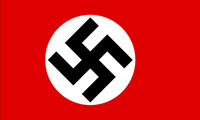 Nazi Germany (officially known as the German Reich from 1933 until 1943, and the Greater German Reich from 1943 to 1945) was the German state between 1933 and 1945, when Adolf Hitler and the Nazi Party controlled the country, transforming it into a dictatorship. Under Hitler's rule, Germany quickly became a totalitarian state where nearly all aspects of life were controlled by the government.. About 5,000 Spaniards died in the Mauthausen concentration camp.
Nazi Germany (officially known as the German Reich from 1933 until 1943, and the Greater German Reich from 1943 to 1945) was the German state between 1933 and 1945, when Adolf Hitler and the Nazi Party controlled the country, transforming it into a dictatorship. Under Hitler's rule, Germany quickly became a totalitarian state where nearly all aspects of life were controlled by the government.. About 5,000 Spaniards died in the Mauthausen concentration camp.
After the official end of the war, guerrilla warfare was waged on an irregular basis by the Spanish Maquis well into the 1950s, gradually reduced by military defeats and scant support from the exhausted population. In 1944, a group of republican veterans, who also fought in the French resistance against the Nazis, invaded the Val d'Aran in northwest Catalonia, but were defeated after 10 days.
HISTORY
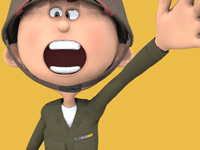
RESOURCES
This article uses material from the Wikipedia article "Spanish Civil War", which is released under the Creative Commons Attribution-Share-Alike License 3.0.
© Stories Preschool. All Rights Reserved.
